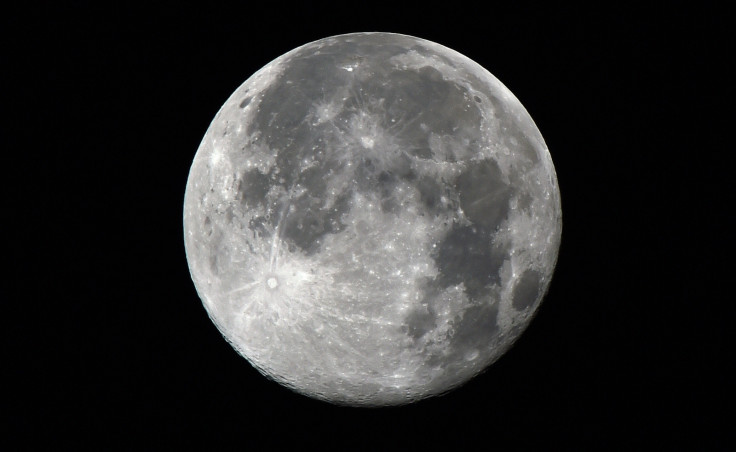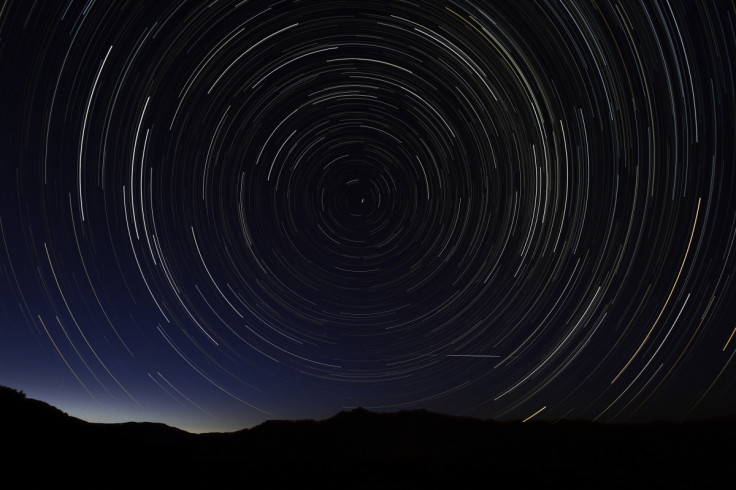Ursid meteor shower: Where to watch last shooting stars of 2014 in UK, US and live online

The last meteor shower of 2014, the annual Ursids, is set to begin this evening.
The shower will be active from 17 December and will peak on 22 and 23 December. Skywatchers can expect to see up to 10 shooting stars an hour, as the event is much smaller than the previous Geminids meteor shower.
All meteor showers have radiant points, the area in the sky in which the shower appears to originate. The radiant point of the Ursids is the Little Dipper asterism in the constellation Ursa Minor, also known as the Little Bear, hence the name of the shower.
The Ursids were first observed around the start of the 20<sup>th century by British astronomer William F. Denning. Although there were sporadic observations afterwards, the first coordinated studies of the shower did not begin until Antonín Bečvář, a Czech astronomer, observed a burst of 169 meteors per hour in 1945.
In the 1970s, ongoing research into the Ursids uncovered their relationship with comet 8P/Tuttle, also known as Mechain-Tuttle's Comet.
Will we be able to see the meteor shower?
Although the shower is small it will coincide with a new moon, creating good conditions for those watching in the northern hemisphere. The meteor shower will also peak around the same time as the December solstice.
The Ursids can only be observed in the northern hemisphere, with the best viewing time between midnight and dawn. The shower has been known to produce short bursts of 100 meteors per hour, but it normally only produces around five or 10 an hour.
To watch the shower, it is important to head away from light-polluted areas and dress warmly to watch the night sky. During the peak of the Ursids, meteors can be seen with the naked eye. It is also important to check the weather for your location.
People wanting to watch the shower from the comfort of their own homes can livestream the shower via the Slooh telescope, which will show the peak of the shower.

Where can you watch the event in the UK?
London: The WaterWorks Nature Reserve, between Clapton and Leyton Midland Road rail stations, is listed as a good spot for Londoners to catch a glimpse of the shower.
Manchester: Heaton Park is the largest municipal park in the city, covering an area of over 600 acres. It even has its own astronomy club.
Birmingham: Warley Woods is accessible by bus or car from the city. Those driving should take the A456 Hagley Road westbound from the centre.
Newcastle: Northumberland National Park is an ideal stargazing spot, as it contains the largest area of protected night sky in Europe as an internationally designated Dark Sky Park.
Edinburgh: The Royal Observatory, in the Hermitage of Braid, is a good place to try and spot a shooting star. Newbattle Abbey College, off the B703 Newbattle Road, is also part of Dark Sky Scotland.
Glasgow: Mugdock Country Park is a historical site partly located in East Dunbartonshire and partly in Stirling.
Cardiff: Brecon Beacons is a fantastic area for stargazing as it offers some of the darkest skies in the UK.
Belfast: Oxford Island National Nature Reserve is around 25 miles from the city, located on the shores of Lough Neagh. To access by car, take the Lurgan exit, junction 10, off the M1.
You can find more stargazing areas in the UK via the Dark Sky Discovery website.

Where can you watch the Ursids in the US?
Pennsylvania: Cherry Springs State Park is a gold-certified International Dark Sky Park, one of only a handful in the US. There is a night sky viewing area, located north of Route 44, which is always open.
New York: The Carl Schurz Park on the Upper East Side is the home of the Amateur Astronomers Association on Friday evenings.
California: Death Valley National Park is also a gold-certified International Dark Sky Park, with very little artificial light within its 3.4 million acres. Another good location, the Templin Highway in Angeles National Forest, is a 45 minute drive from downtown LA.
Philadelphia: The Tuckahoe State Park is two hours out of the city and is a good place to stargaze.
Arizona: The Kitt Peak National Observatory, near Tucson, is home to the world's largest collection of optical telescopes. The clear, dark skies of the Sonoran desert are a famous favourite for astronomers.
Utah: Bryce canyon has very little light pollution. Its skies are best seen during new moons, when the Milky Way and over 7,000 stars can be seen with the naked eye.
Illinois: The Hickory Knolls Discovery Centre in St Charles is a nature conservatory and a Dark Sky Park.
New Mexico: Chaco Culture National Historical Park has more than 4,000 prehistoric archaeological sites and is a great location to try and spot the Ursids.
Texas: The Big Bend National Park in west Texas has gone some way to keep its International Dark Sky status, including by changing the lighting to shielded LEDs.
Alaska: The Denali National Park and Preserve has minimal light pollution and high altitudes, and also offers incredible views of the Aurora Borealis.
© Copyright IBTimes 2025. All rights reserved.






















